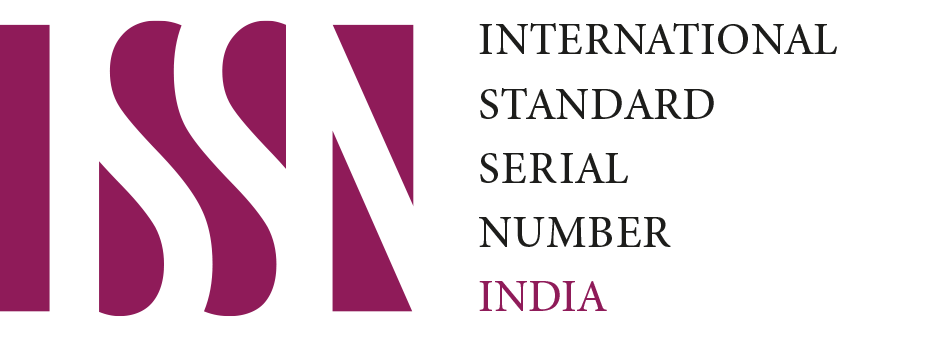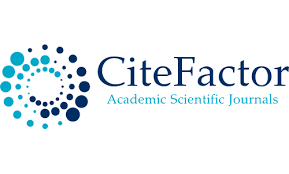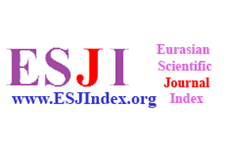APPLICATION OF AGROTECHNOLOGICAL FACTORS BY DOMESTICATION EFFECT ON COTTON YIELD
D.T. Jumanov
Termiz agrotexnologiya va innovatsion rivojlanish instituti, 191200, Surxondaryo viloyati, Termiz tumani, Yangiobod mahallasi
Sh.H. Ubaydullayeva
Termiz agrotexnologiya va innovatsion rivojlanish instituti, 191200, Surxondaryo viloyati, Termiz tumani, Yangiobod mahallasi
S.O. Tojiyeva
Termiz agrotexnologiya va innovatsion rivojlanish instituti, 191200, Surxondaryo viloyati, Termiz tumani, Yangiobod mahallasi
Keywords: Fertilization ratio, watering regime, bush thickness, fertility, the quality, limited field moisture capacity, wet capacity, gross, general, mobile, nitrogen, phosphorus, potassium, humus, economic efficiency, profitability.
Abstract
It was taken into account that the yield of cotton grown in conditions where the irrigation regime is 70-70-60% relative to the limited field moisture capacity of the soil (LFMCS) is higher than in the years of experiments compared to the yield in the 75-75-60% regime.
In the 70-70-60% irrigation regime, the average yield was 35.4-40.5 ts/ha, depending on the thickness of the bush and the ratio of fertilizers, while in the 75-75-60% irrigation regime the yield was 33.5-36.5 on average ts/ha.
It was found that the micronaire value of fiber in cotton harvested from experimental variants was 4.3-4.5, which is slightly higher than the micronaire index of cotton fiber harvested from 70-70-60% of irrigated variants compared to 75-75-60% irrigation regime.
References
Jumanov D.T. Irrigation rate. Journal of Agriculture of Uzbekistan 2007 №4 p.18.
Jumanov D.T., Rizaev A., Oripov R., Toshtemirov A. - Substantiation of the elements of harmonized technology. Scientific application of the journal AGRO ILM "Agriculture of Uzbekistan", Target issue, 2007 № 1 (1), pages 2-3.
Jumanov DT, Tukhtameshova M., Nazarova A., U. Bakhromov - The influence of technological factors on cotton yield. Tashkent Magazine "Agriculture of Uzbekistan" 2011 .11. Page 26.
Jumanov D.T., Evka V. - Produced in harmonized technology. Journal of Agriculture of Uzbekistan. 2007 son No. 12 p.21.
Jumanov DT, Evka V.- Optimal technology and productivity. Proceedings of the Republican scientific-practical conference "Problems of potato selection, seed production and cultivation, storage technology development" Samarkand Sam Warehouse 2007 pp. 33-35.
Jumanov D.T. The advantage of integrated technology. Samarkand Sam Warehouse “Problems in Agricultural Development and Research of Young Scientists” Scientific-practical conference of postgraduate, doctoral students and researchers dedicated to the 2009 “Year of Rural Development and Prosperity” April 22-23, 2009 pages 5-9.
Jumanov D.T., Oripov R. Combination of agro-technologies and cotton yield. Proceedings of the scientific-practical conference "Prospects for improving production efficiency on farms" dedicated to the "Year of Rural Development and Prosperity of Professors and Teachers" Samarkand Sam Warehouse Part 1 Part 6-7 May 2009 pages 30-33.
Jumanov D.T., Qulatov B. The effect of water and nutrient regimes on the yield of a lucky cotton variety. Samarkand Sam Warehouse “Achievements and Problems of Young Scientists in Deepening Agricultural Reforms” Proceedings of the Scientific-Practical Conference of Trainee Researchers and Young Scientists Dedicated to the 2011 “Year of Small Business and Private Entrepreneurship” Part 1 April 26-27, 2011 Pages 9-11.
Jumanov D.T. Influence of technological processes on growth, development and productivity of Akdarya-6 cotton variety. 06.01.09 - Botany. Dissertation for the degree of Candidate of Agricultural Sciences. Samarkand-2008. 178 pages.
Jumanov D.T., Qodirov A.A., Jahonov S.G. Influence of irrigation and feeding regimes and bush thicknesses on technological parameters of cotton fiber. 2020. http://t-science.org/arxivDOI/2020/04-84.html
Jumanov D.T. Monograph. 2021.
Dospexov B.A. Methodology of field opyta. - M .: «Agropromizdat», 1985.
Method of field experiments with xlopchatnik. - T .: 1981. (Methods of conducting field experiments. - T .: 2007.)

















